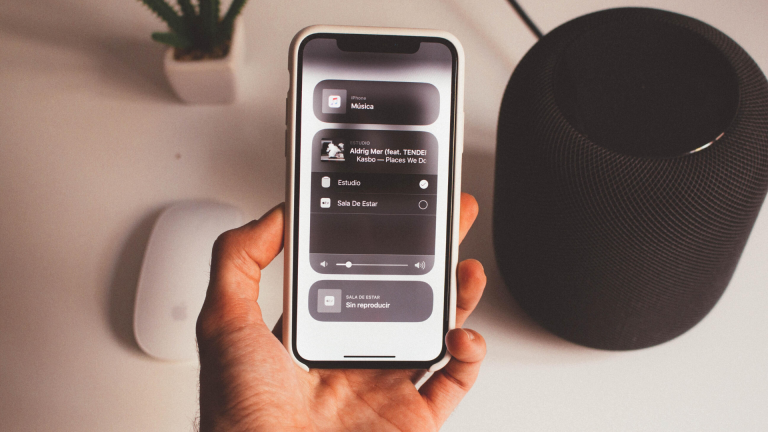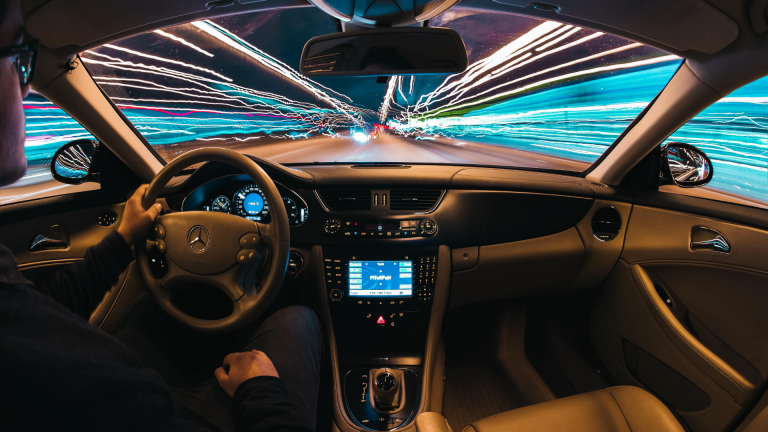By Jenny Medeiros
Designing voice-enabled interactions has been dubbed “the biggest UX challenge since the birth of the smartphone.” With so many factors to account for and new technologies popping up at every turn, designers (and developers) are having to constantly adapt and innovate to keep up with the possibilities and limitations of this growing medium.
With smart speaker adoption growing exponentially year after year and more companies introducing their own voice-enabled experiences, the innovation and usefulness of your design will determine where your voice experience stands among the competition.
To help designers untangle the many threads of voice-first design, Claire Mitchell—a consultant for product design and innovation— appeared on the Inside VOICE podcast to share her expertise on where voice-first design is today and what designers should know moving forward. Here are the main takeaways from this inspiring episode.
Why we design user interfaces the way we do
As humans, we’re wired to draw from past experiences to inform present and future decisions. In design, this habit is largely why our user interfaces (UIs) are struggling to move beyond what we’ve always known them to be.
“You have to start by questioning the way our interfaces are designed at the moment,” Claire told podcast host, Keri Roberts, before pointing out that the interfaces we use every day are based on our past interactions. We use folders to organize content, pages to keep websites tidy, and we’re still hanging on to the diskette icon to save our progress.
Traditionally, designers have carried over these real-world concepts into new interfaces, which isn’t necessarily a bad thing. Old concepts bring a sense of familiarity and encourage intuitive interactions, but as we move into the era of screen-less voice user interfaces, it’s time for designers to push for new paradigms and modern metaphors.
– Claire Mitchell, innovation and voice design consultant
What’s next for voice design?
Once designers have shifted their mindset away from traditional interface elements, their next challenges are all about the inputs and outputs.
Claire believes that we’re heading towards voice-enabled interfaces that leverage multimodal interaction. These novel interfaces will blend voice, touch, audio, gestures, and visuals in a single, seamless user interface.. However, she also thinks the industry currently overlooks the possibilities for input/output when it comes to conversational design. “Multimodal interaction is often an afterthought,” Claire added.
The allure of multimodal interfaces is that they open up so many new opportunities for meaningful human-machine interactions. Not only can they enhance the overall user experience, but they also provide alternative inputs for users with non-standard speech patterns—improving accessibility.









